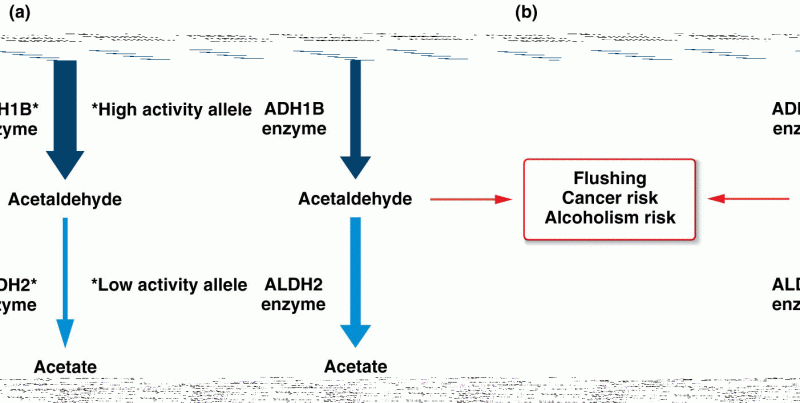Answer to Question 1
Different types of exercise induce a variety of physical adaptations. Strength training (such as weight lifting) challenges muscles with movements that are difficult but brief in duration. These physical adaptations increase maximal oxygen consumption, which increases muscle size and strength. Conversely, endurance training (such as running and swimming) entails steady, low- to moderate-intensity exercise that persists for a longer duration. Endurance training is beneficial for pulmonary and cardiovascular function, and can help improve aerobic capacity (the ability of cells to produce Adenosine triphosphate in the presence of an oxygen-rich environment). As the intensity and duration of endurance training increases, muscles require more oxygen for aerobic ATP production. This challenges the cardiovascular system to work even harder.
Answer to Question 2
To prevent dehydration, athletes must consume adequate amounts of fluids not only during but also before and after exercise. The American College of Sports Medicine recommends that athletes consume 2-4 mL/lb of body weight (5-10 mL/kg body weight) of fluid two to four hours before exercising. It is important for athletes to allow sufficient time for the body to void excess fluid prior to training or competition. Additional fluids may be required during prolonged training sessions, particularly in hot environments.Athlet es should also be sure to consume fluids during exercise because dehydration can compromise performance. The purpose of fluid intake during an athletic event is not to rehydrate, but rather to stay hydrated by replacing the fluid lost through sweating. When a workout lasts less than one hour, plain water is adequate to replenish body fluids. When a workout lasts more than one hour, a fluid that contains small amounts of carbohydrates and electrolytes (such as a sports drink) is likely beneficial. Readily available and well-tolerated by most people during exercise, sports drinks provide roughly 10 to20 grams of carbohydrates (40 to 80 kcal) per 237-ml (eight-ounce) serving. It is important to be aware, however, that some sports drinks contain caffeine. Whereas some people enjoy the mild stimulatory effect of caffeine, others find that it causes stomach upset, nervousness, and jitters.







